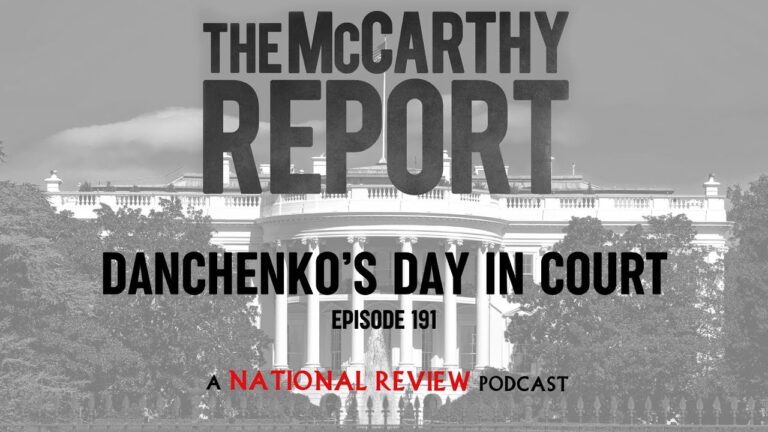
Introduction
Since taking office in 2014, Prime Minister Narendra Modi has been a pivotal figure in Indian politics, steering the nation through various transformative phases. His leadership has not only resonated within the borders of India but has also caught the attention of the global community. Understanding Modi’s policies and initiatives is essential for grasping the current political landscape in India, as well as its implications for international relations.
Domestic Policies and Achievements
Modi’s government has implemented numerous policies aimed at reforming several sectors, including healthcare, education, and technology. One of the hallmark initiatives has been the ‘Make in India’ campaign, launched in 2014 to boost manufacturing and attract foreign investment. The program has seen mixed results, with some sectors thriving while others still struggle to gain momentum. He also introduced the Goods and Services Tax (GST) to streamline the taxation system, which has had a significant impact on businesses and trade across the country.
Additionally, Modi’s administration has been actively promoting digitalization in governance through initiatives like Digital India, aimed at increasing access to technology and information. The COVID-19 pandemic further pushed the government toward embracing technology, leading to the rapid development of telehealth and online education platforms.
Challenges Faced
While Modi’s leadership has brought about several policy changes, it has not been without challenges. The economic slowdown due to the pandemic, rising unemployment, and inflation rates have caused discontent among various sectors of society. Moreover, several controversial legislations, such as the Citizenship Amendment Act (CAA) and the handling of protests, have sparked significant public unrest.
Critics argue that Modi’s approach to governance often sidelines democratic processes and exacerbates social divisions. These issues raise concerns about the direction of India as it navigates complex political and social dynamics.
International Relations and Global Standing
On the international stage, Modi has taken a proactive approach to elevate India’s stature, focusing on strengthening ties with the U.S., Japan, and Australia through strategic partnerships. His government has also placed an emphasis on regional stability, particularly in South Asia, while addressing challenges posed by neighboring countries like China and Pakistan.
The Prime Minister’s participation in global forums such as the G20 and the United Nations demonstrates India’s growing importance in world affairs. Under Modi, India has sought to play a more assertive role in global issues such as climate change and terrorism.
Conclusion
In conclusion, Narendra Modi’s leadership has undeniably shaped contemporary India, marked by ambitious reforms, considerable challenges, and heightened global engagement. As the country approaches the 2024 elections, the legacy of Modi’s governance will continue to be a topic of significant debate and analysis. Observers and citizens alike will be watching closely to see if his policies can lead to sustainable growth and social cohesion moving forward.


